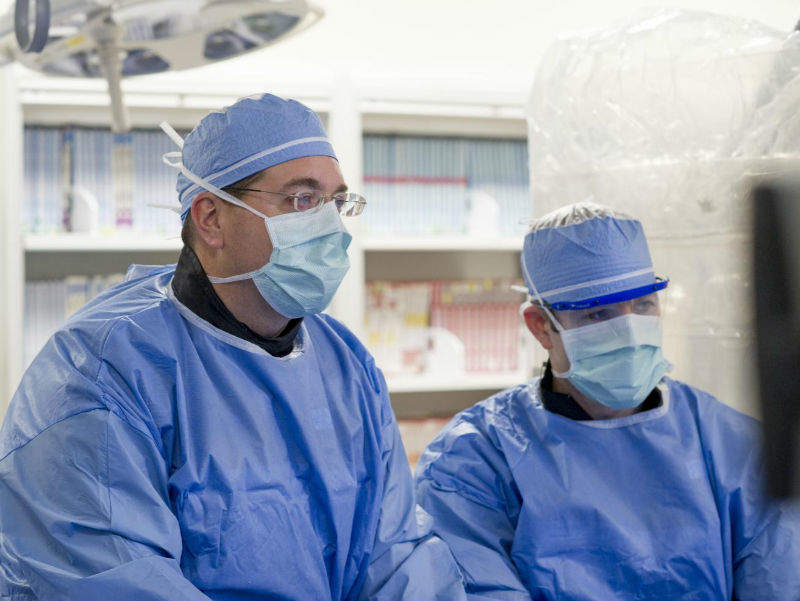
Researchers from the Medical University of South Carolina (MUSC) and the University of Tennessee Health Sciences Center in the US have studied a new device, Cerebrotech Visor, designed to detect stroke within seconds.
According to an article published by the researchers in the Journal of Neurointerventional Surgery, the visor-like device can identify emergent large-vessel occlusion in suspected stroke patients with 92% accuracy.
The research was carried out in comparison to the conventional physical exam that detects large-vessel occlusion with an accuracy of only 40% to 89%.
Developed by Cerebrotech Medical Systems, the volumetric impedance phase shift spectroscopy (VIPS) device uses low-energy radio waves to detect the blockages.
These waves are sent through the brain, where their frequency is altered during passage through fluids, and are reflected back to be captured by the device. Brain fluids change in case of stroke and thereby an asymmetry is produced in the radio waves, allowing identification by the device.
The device is expected to enable early intervention by facilitating necessary and appropriate treatment.
How well do you really know your competitors?
Access the most comprehensive Company Profiles on the market, powered by GlobalData. Save hours of research. Gain competitive edge.

Thank you!
Your download email will arrive shortly
Not ready to buy yet? Download a free sample
We are confident about the unique quality of our Company Profiles. However, we want you to make the most beneficial decision for your business, so we offer a free sample that you can download by submitting the below form
By GlobalDataMUSC Neuroscience Integrated Center of Clinical Excellence chief Raymond Turner said: “Transfer between hospitals takes a lot of time.
“If we can give the information to emergency personnel out in the field that this is a large-vessel occlusion that should change their thought process in triage as to which hospital they go to.”
During the study, emergency medical personnel were given Cerebrotech Visor in regions that had five Comprehensive Stroke Centers with provisions to treat large-vessel occlusions.
When evaluated in healthy volunteers as well as people with suspected stroke, the device was able to identify patients with severe stroke and distinguished them from those with mild stroke or no brain pathology.
The researchers intend to further test the device in their VITAL 2.0 study for its ability to use complex machine learning algorithms to differentiate minor from severe stroke without intervention from neurologists. This capability could help in deciding which treatments would be most appropriate for individual patients.







